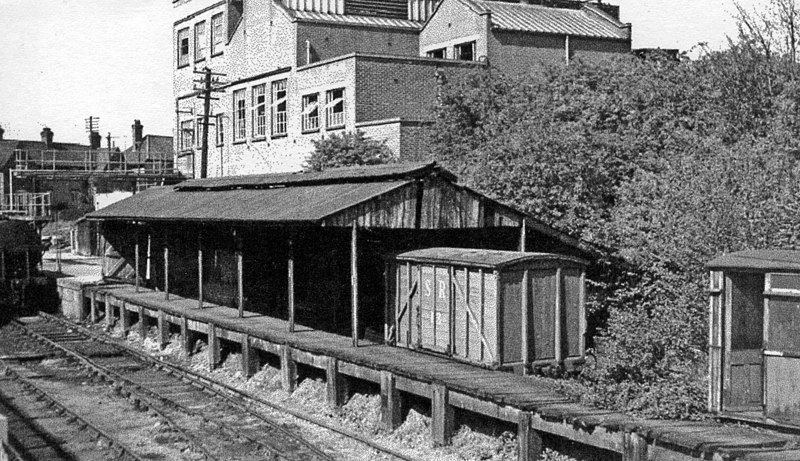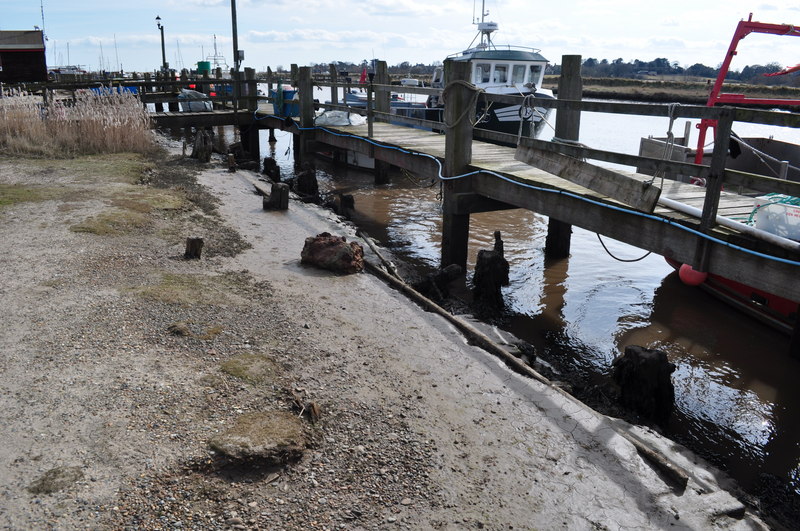
The age-old port of Southwold connects heathland and marsh on the coast of Suffolk on the most easterly point of the UK. The harbour became of less importance during the 18th and 19th centuries, as Lowestoft gained in popularity—further emphasising the need for tourists and trade—although some fishing still took place. The East Suffolk railway took a westerly directed course to Ipswich, going through Darsham and Halesworth, which resulted in Southwold being situated nine miles away from any railway. Although there was a horse-drawn omnibus that travelled from Darsham once a day, that was not nearly enough to transport everyone wanting to go to and from Southwold. With local opinion on the rise, the Southwold Railway Company was established by local inhabitants, along with a board in Halesworth, to raise the needed funds.
The board faced some challenges and was thus replaced by a new board with its headquarters in London. Although the goal of the exercise was achieved and the railway line opened in 1879, local people were less than amused.
The railway line was near nine miles long and travelled through the marshes and Southwold Common, crossing the River Blyth via a bridge and moving toward Walberswick Station.
The line continued through Heronry and stopped at Blythburgh station. This station is set close to the White Hart pub and boasts views of the incredible 25th-century church, which overlooks the Blyth estuary. From there, it ran alongside the river Blyth toward Wenhaston Station. The last stretch toward Halesworth Station featured the Wenhaston Mill, an old engine shed, and a quarry, running beside the East Suffolk main railway line until crossing Holton Road.

From the beginning, the Southwold Railway was operated on the one-engine-in-steam principle but was later divided into two sections and even later into three sections. Shunting was always done at stations along the route, resulting in mixed and, therefore, quite slow trains. Because of a 16-mile-per-hour speed limit, this nine-mile journey, which took around 35 minutes to complete, was even more tedious to traverse. At the time, it wasn’t possible to make the line any faster. Aside from sporadic flooding that took place in the marshes, the operation wasn’t very eventful.
Southwold Railway contained three engines that were manufactured by Sharp, Stewart and Co, Ltd. These engines were named Halesworth, Southwold, and Blyth. Initially, traffic did not generate sufficient revenue to justify three locomotives, so No. 1 Southwold was returned to the manufacturers in 1883. Later, in 1893, a 2-4-2T, also known as ‘Southwold,’ was substituted as traffic volumes increased.
When heightened traffic was expected to arrive from the Harbour Branch in 1924, a much bigger Manning Wardle 0-6-2T was acquired. As the Southwold Railway continuously developed, it ended up accommodating up to 10 000 passengers, 600 tons of merchandise, and 90 000 tons of minerals.
There were discussions regarding the expansion of the line, including extensions to Lowestoft, the harbour branch, and a potential link to the mid-Suffolk Light Railway. Consideration was also given to converting the entire line to a standard gauge.
Despite the slow pace at which this last idea was implemented, funding problems eventually forced its demise. This left the railway virtually unchanged from its appearance when it first opened.
Despite the fact that the harbour branch line was constructed, the fishing business was already in a state of decline, and the sole advantage of the line was a subsidy that enabled them to purchase a fourth engine. The First World War essentially finished off the fishing industry.
The railway line became a bit of a laughing stock among locals, and despite providing a crucial connection between Southwold and neighbouring towns, the fancy engines, coaches, and gauge primarily served as a backdrop for various postcards drawn by Reg Carter, a local cartoonist.
The line’s fortunes severely declined after World War I due to financial depression. Southwold Railway still turned a profit until 1925, but it all went south from there. As modern transport systems were on the rise, the railway responded by reducing its fees and increasing its services, but the bus services got the upper hand, and the railway could not keep up. The directors of the line eventually decided to call it quits and close the railway line instead of investing even more in such an outdated line.
The line officially closed on the 11th of April 1929. Its closing was so sudden that it needed to run for ten more days just to transport the backlog of goods. Although management hoped for a form of transport crisis to hit Southwold, it was to no end. They applied for an abandonment order, which was only issued in the 90s!
Therefore, the railway company officially existed for a long time, but nobody could do anything to save the line. Goods were left to deteriorate at Halesworth. During WWII, management made one last attempt to save the line by recovering scrap metal from the line, but this also failed. The engine of the famous Southwold Railway line was cut for scrap metal worth 1500 pounds in 1941.

Today, there are still some reminders of the railway line:
- Southwold Railway Station was transformed into a Fire and Police station.
- The old plinths were used to turn the swing bridge into a footbridge.
- Southwold Cutting was turned into a lovely footpath with visible evidence of support structures for the golf club footbridge.
- At Blackhorse Quay, there are still some sections of the track lying at the edge of the river.
- At the Blythburgh Station, the old coal shed still stands, though deteriorating quickly.
- The building base of Walberswick Station was uncovered and offered a seat of remembrance.
- At Halesworth, the site of exchanges now serves as a housing estate.
- Walking from Blythburgh to Southwold, you can still see some sections of the sleepers and track.
- Of the two goods vans, one survives and is housed at the East Anglian Transport Museum.
